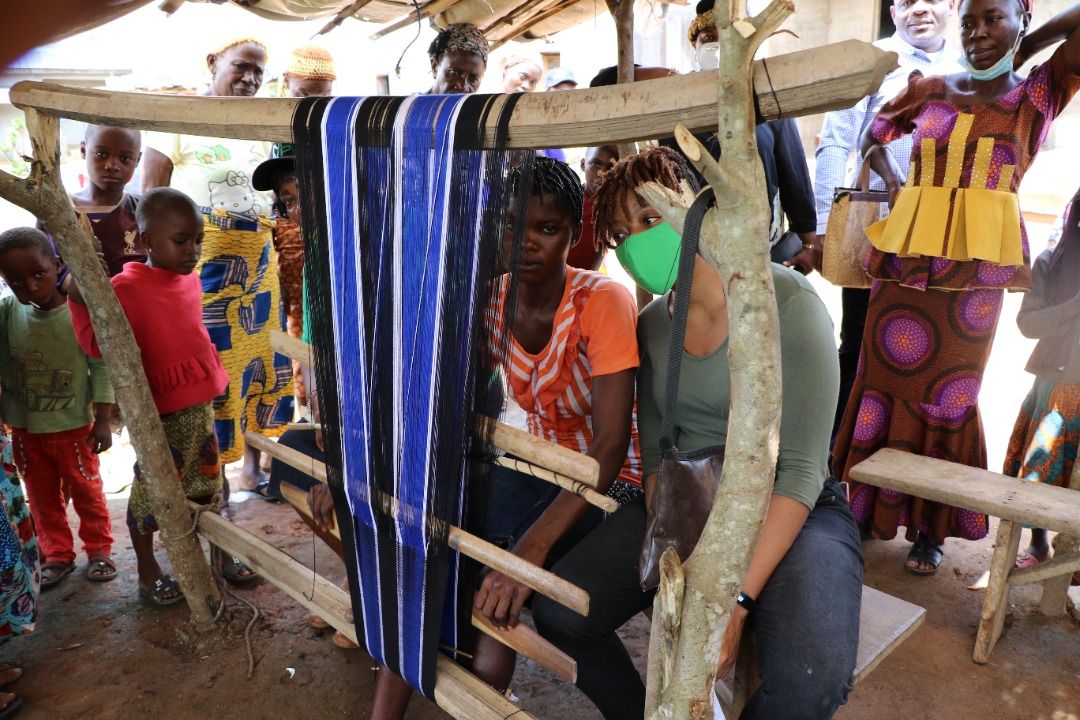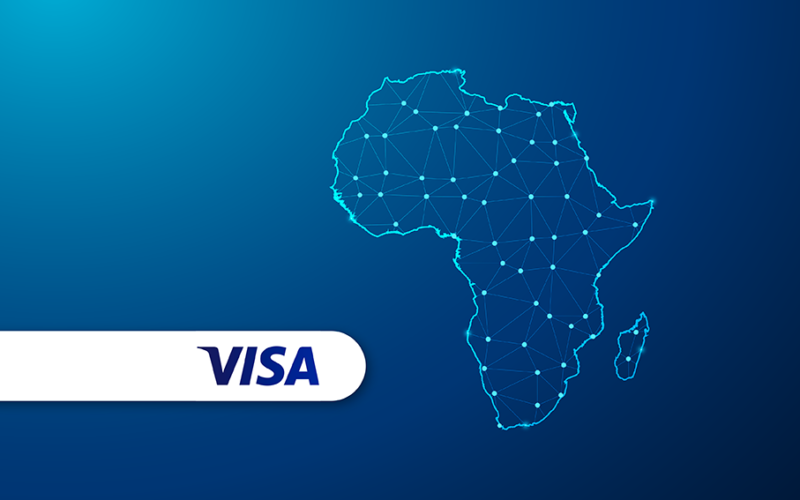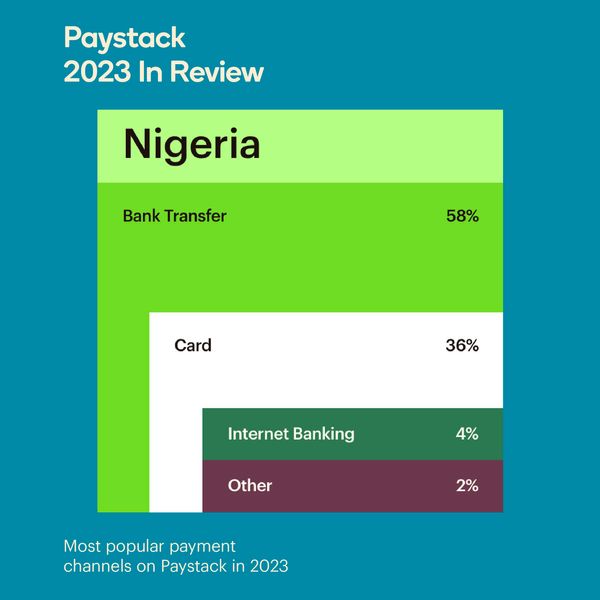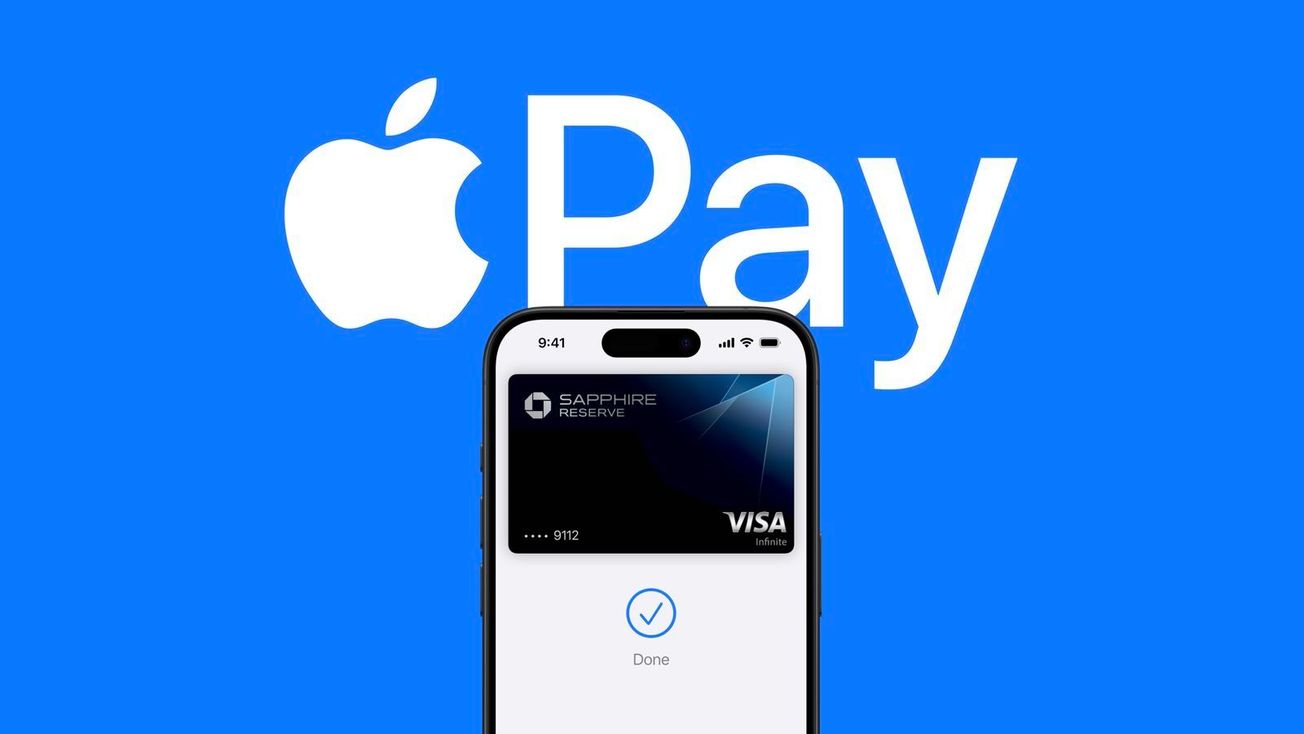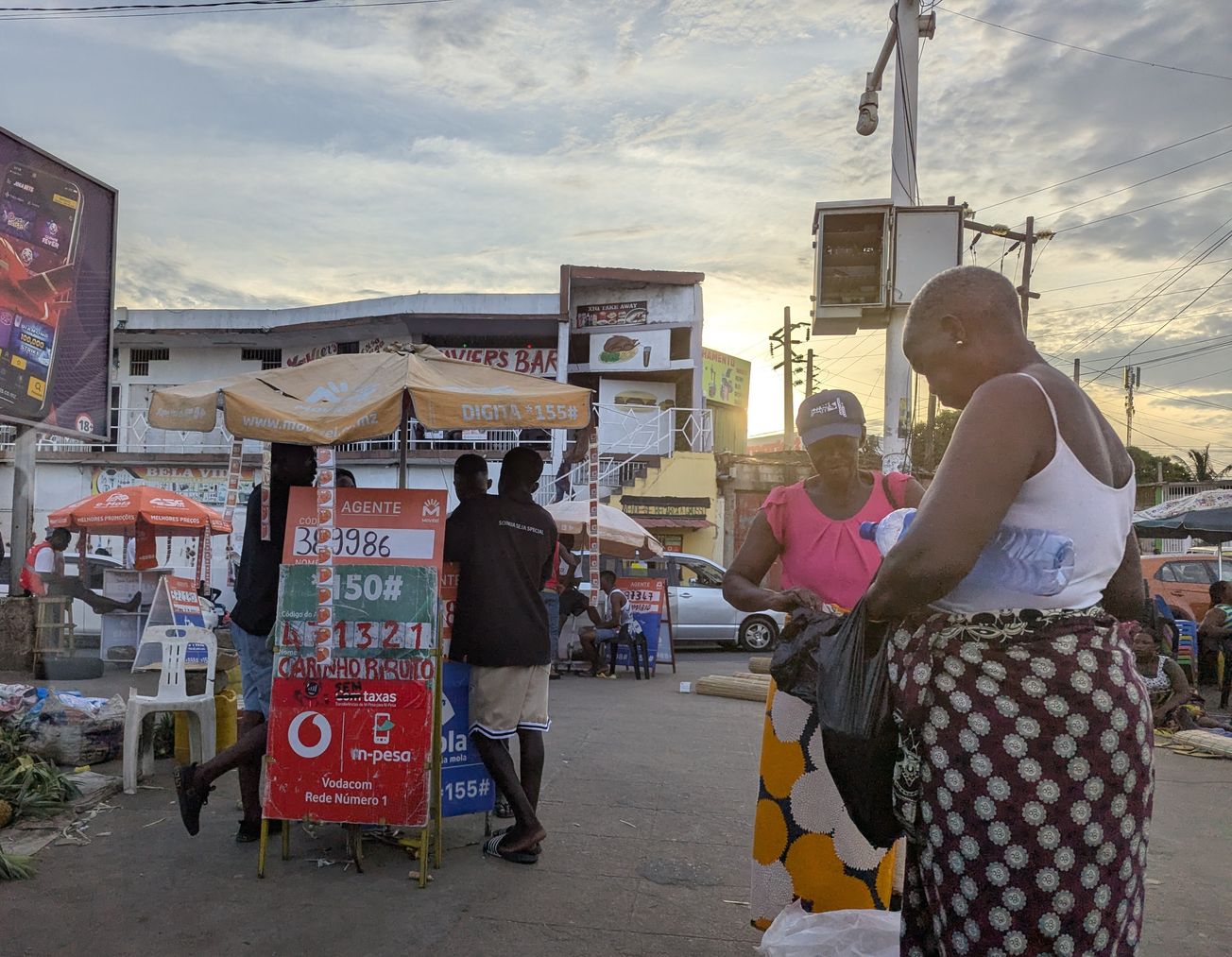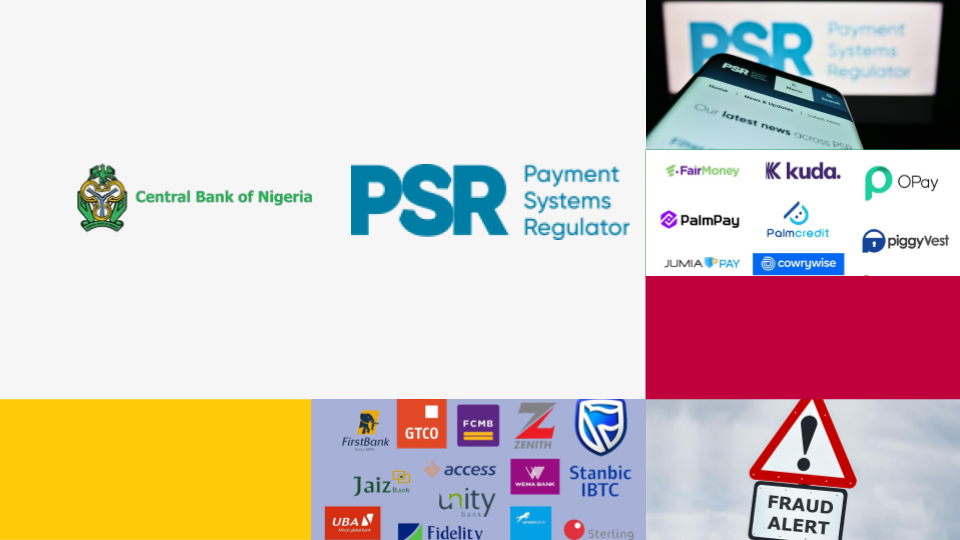Gender banking, otherwise known as women’s banking as a terminology, has become hugely popular in the past decade within Nigeria’s financial sector (particularly formal financial institutions). Women constitute a significant share of Microfinance bank customers, and FIs have cited women for portraying better banking behaviour when compared to men.
Stakeholders have realized that gender inequality would be a constant plague if there is no strategic move towards the provision of financial products that integrate the uniqueness, preferences, and behaviours of female customers. Hence, gender banking became a priority for regulatory bodies, development agencies, and financial service providers. Nudged by advocacy agencies such as EFInA, CGAP, Women World Banking, financial service providers began to leverage gender-disaggregated data to design women-focused financial products and services.
In 2012, according to the Access Survey carried out by Enhancing Financial Inclusion (EFInA), 38% of adult women have access to formal financial services compared to 47% of men. Between 2012 and 2021, there has been a massive roll-out of pinkish financial products and initiatives targeted at women. It is almost impossible to come across a bank in Nigeria that hasn’t one female-targeted initiative. I would say that is at least heart-warming. However, there is still a big elephant in the room. In 2o2o, EFInA’s annual survey has the number of banked male adults at 50.6%, compared to 39.1% reported for females. A significant gender gap of 11.5 basis points persists. The question remains- why does the gap exist, despite all that industry stakeholders have done to close this gap.
What remains clear is that women are not a monolith group who are defined solely by gender
The gender banking response is fashioned in such a way that generalizes the financial needs of women. The persistent but erroneous idea that women have uniform wants and needs has challenged the path to women's financial inclusion in Nigeria. The realities and experiences of women differ from one to another. This is primarily influenced by the opportunities available to women at the various stages of their lives.
While focusing on location, women in urban, peri-urban, and rural areas have different financial needs and varying uptake of financial services. According to EFInA, women's financial exclusion in rural areas is 1.7 times higher than in urban areas. The perception of inadequate income to save, make investments, or take risks on loans drives the gap between rural and urban inclusion. In addition, most rural women strongly believe that formal financial institutions do not represent them or their interests.

Most of their interests bother on their livelihoods (Agricultural). It is paramount for financial service providers to design a range of innovative agricultural financial services and products that respond to the specific needs of rural women clients. Again, it is essential to differentiate these agricultural products between urban and rural.
Meeting women’s financial needs requires developing a nuanced understanding of their preferences and behaviours, shaped by age, life stage, location, and contexts, among many other factors. Financial service providers need to approach the design of women-focused products and services with varying personas. The proverb, “Killing two birds with one stone,” does not apply when it comes to designing financial products and services for women; because, in this context, these two axiomatic birds have diversified and niched needs which require customized attention.


